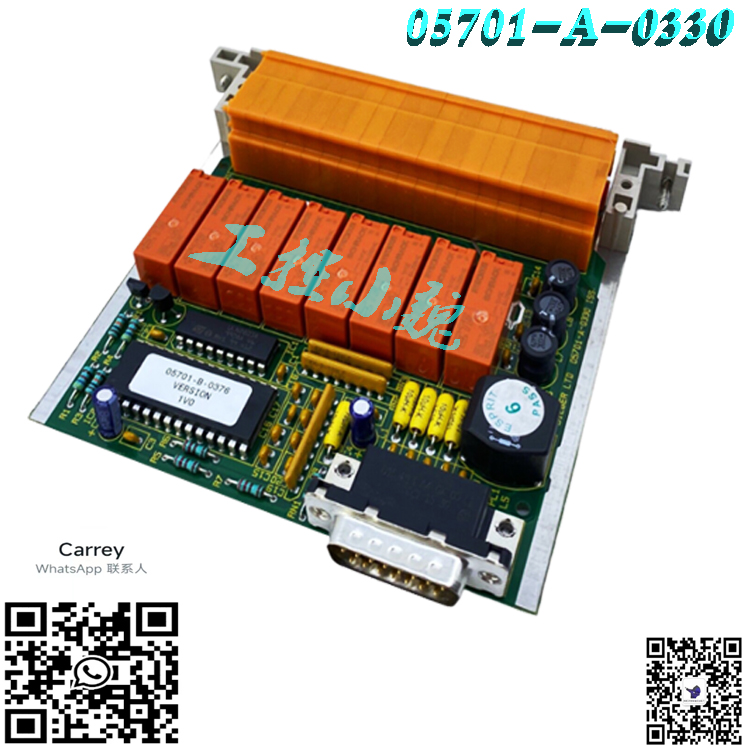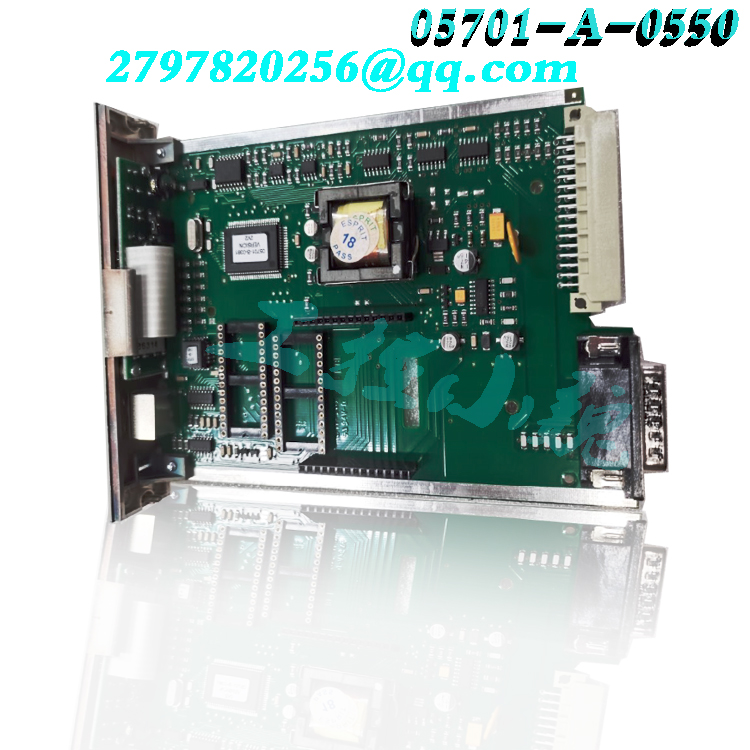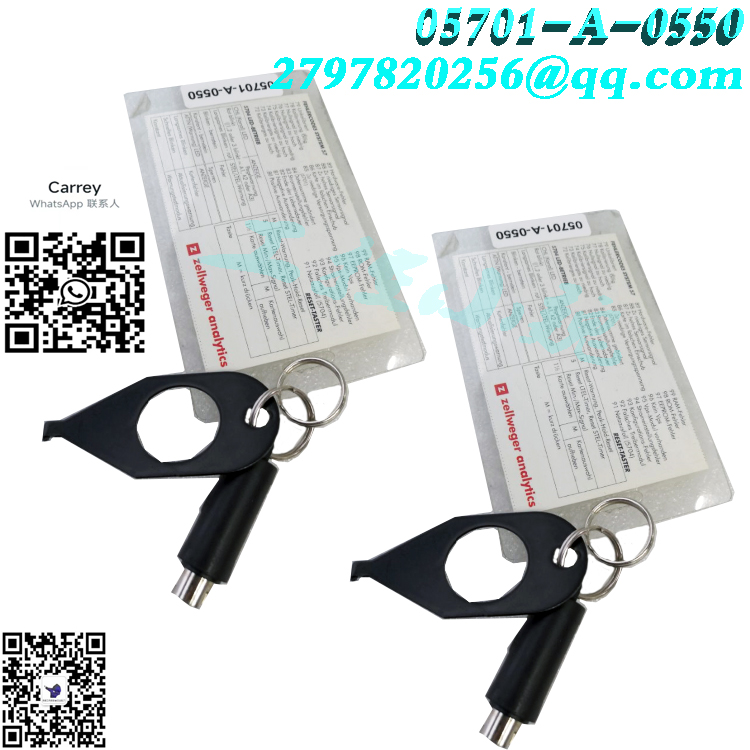


¥ 21554.00
¥ 21554.00
¥ 21554.00
¥ 21554.00
¥ 21554.00
易卖工控网(www.ymgk.com)提供”HONEYWELL工业模拟量模块CC-IP0101 51410056-175驱动作用”,产品详情:品牌/厂家:HONEYWLL、型号:CC-IP0101 51410056-175、成色:全新、货期:现货 1天内发货、保修:180天,更多产品详情就上易卖工控网。
传感器是智能制造的重要设备,电子产品的发展已经进入到数字化时代,传感器的需求越来越广泛。市场对传感器的精度、可靠性和响应速度的要求越来越高,传感器正在向小型、低耗能、智能化方面发展。随着数字技术的发展和智能化水平的提高,智能传感器成为传感器行业发展的主要方向。
 The function and type of the CKP camshaft position (CMP) sensor
The function and type of the CKP camshaft position (CMP) sensor
1. Function
The engine speed sensor, also known as the crankshaft position sensor (Figure a), is installed on the flywheel housing or at the front end of the crankshaft, and some old-fashioned engines
(For example, the Toyota 8A engine) is installed inside the power distributor, and its function is to measure the speed and angle of the crankshaft or power distributor shaft, and provide it to the ECU
Provide engine speed signals and crankshaft angle signals as the main control signals for fuel injection and ignition control, as shown in the following figure.
Installation position of speed sensor
The camshaft position sensor (Figure b) is installed at the front or rear end of the camshaft, and the old-fashioned engine is installed in the power distributor, its function is to
Provide the ECU with the crankshaft angle reference position (top dead center of the first cylinder compression) signal as the control unit to calculate the injection time and ignition time
Auxiliary signal between.
The function of the speed sensor is to:
1. The engine speed sensor, also known as the crankshaft position sensor, is one of the most important sensors in the electronic fuel injection engine control system. The function of the engine speed sensor is to detect the engine speed, which can determine the position of the crankshaft, detect the top dead center signal of the piston and the crankshaft angle signal, and transmit the detected signal to the ECU for controlling the ignition timing and fuel injection timing;
2. The structure and working principle of the engine speed sensor and camshaft position sensor are basically the same, and mutual cooperation is necessary to ensure the normal operation of the engine. Usually installed together, usually in the power distributor, mounted on the gearbox clutch housing, at the front or rear of the crankshaft, using a pulse signal type speed sensor to measure the engine speed. Some are installed on the front end of the crankshaft, the front end of the concave wheel shaft, or the flywheel, and the specific installation position depends on the type of engine speed sensor;
3. Engine speed sensors can be divided into three types based on the principle of signal generation: magnetic induction, photoelectric, and Hall type. Electromagnetic induction speed sensors are divided into 2-wire or 3-wire systems, while the common Hall type speed sensors are 3-wire systems. The two wires are the power line and the AC signal line, while the third wire of the three wires is the AC signal shielding wire, which is connected to the ground. Operating principle of speed sensor:
1. When measuring the speed of mechanical equipment using a speed sensor, the metal gears, racks, and other moving parts of the measured machinery will pass through the front end of the sensor, causing corresponding changes in the magnetic field. When the moving parts pass through the area where the magnetic field lines generated by the Hall element are relatively scattered, the magnetic field is relatively weak, while when passing through the area where the magnetic field lines generated are relatively few, the magnetic field is relatively strong;
2. The Hall speed sensor generates Hall potential when the magnetic field density changes and passes through the sensing element on the sensor. The Hall component of the Hall speed sensor generates Hall potential and converts it into an alternating electrical signal. Finally, the built-in circuit of the sensor adjusts and amplifies the signal to output a rectangular pulse signal;
3. The measurement method of Hall speed sensor must be in line with the changes in magnetic field. Therefore, when measuring equipment made of non ferromagnetic materials using Hall speed sensor, it is necessary to install a specialized magnetic material on the rotating object in advance to change the magnetic field around the sensor, so that the Hall speed sensor can accurately capture the motion state of the material.
Symptoms of engine speed sensor damage include:
1. Engine instability during idle speed;
2. When the vehicle slows down and stops during starting or driving, there is an instant stop or stalling phenomenon;
3. Reduced engine acceleration performance;
4. The instrument speed display is uneven;
5. The engine malfunction indicator light is on.
The speed sensor is generally installed on the power distributor or engine and can detect the rotation angle of the crankshaft. However, if a malfunction occurs, the operation of the ignition system will be disrupted and the engine will not be able to operate.
Most speed sensors are magnetic pulse type, so they can emit weak electrical signals. A multimeter or oscilloscope can be used for detection.
Speed sensors can be classified based on their physical quantities, working principles, and the properties of their output signals. Their role is to:
1. The engine speed sensor detects the engine speed, controls the ignition timing and fuel injection timing;
2. The engine speed sensor and camshaft position sensor cooperate with each other to ensure the normal operation of the engine;
3. Engine speed sensors are divided into three types based on the principle of generating signals: magnetic induction, photoelectric, and Hall type. Electromagnetic induction speed sensors are divided into 2-wire or 3-wire types, but general Hall type speed sensors are 3-wire types, with 2 lines being the power line and AC signal line respectively. The third line of the 3 lines is the AC signal shielding line, which is connected to the iron.
Some specific installation positions of speed sensors may be related to the type of sensor, usually installed on the clutch housing of the transmission. Pulse signal type speed sensors are used to measure engine speed at the front or rear of the crankshaft, and some are installed on the front end of the crankshaft, the front end of the concave shaft, or the flywheel.
Since the industrial era, sensors have helped humans make previously unknown and difficult to determine information easier to obtain and data more accurate. Sensors have become an extremely important infrastructure in the digital society. From smartphones to smart voice devices, and from energy platforms to industrial devices, sensors have always "incarnated" as the external organs connecting humans to machines, humans themselves, and the natural environment.
Sensors refer to multi-component integrated circuits with functions of information collection, processing, exchange, and storage. They are system level products that integrate sensing chips, communication chips, microprocessors, drivers, and software algorithms. They are fundamental, pioneering, and strategic industries related to the overall development of the manufacturing industry and national economic security.
In modern industrial production, especially automated production processes, various sensors need to be used to monitor and control various parameters in the production process, so that the equipment can work in a normal or optimal state, and the product can achieve the best quality. Therefore, it can be said that without numerous excellent sensors, modern production would also lose its foundation. From an application perspective, sensors need to have a certain degree of accuracy, stability, and reliability. Most companies focus on improving the hardware of sensors, continuously utilizing new materials to make core sensor components, and improving the measurement performance of sensors by improving their manufacturing processes and methods.
Sensors are important equipment in intelligent manufacturing, and the development of electronic products has entered the digital era, with the demand for sensors becoming increasingly widespread. The market has increasingly high requirements for the accuracy, reliability, and response speed of sensors, and sensors are developing towards miniaturization, low energy consumption, and intelligence. With the development of digital technology and the improvement of intelligence level, intelligent sensors have become the main direction of development in the sensor industry.





